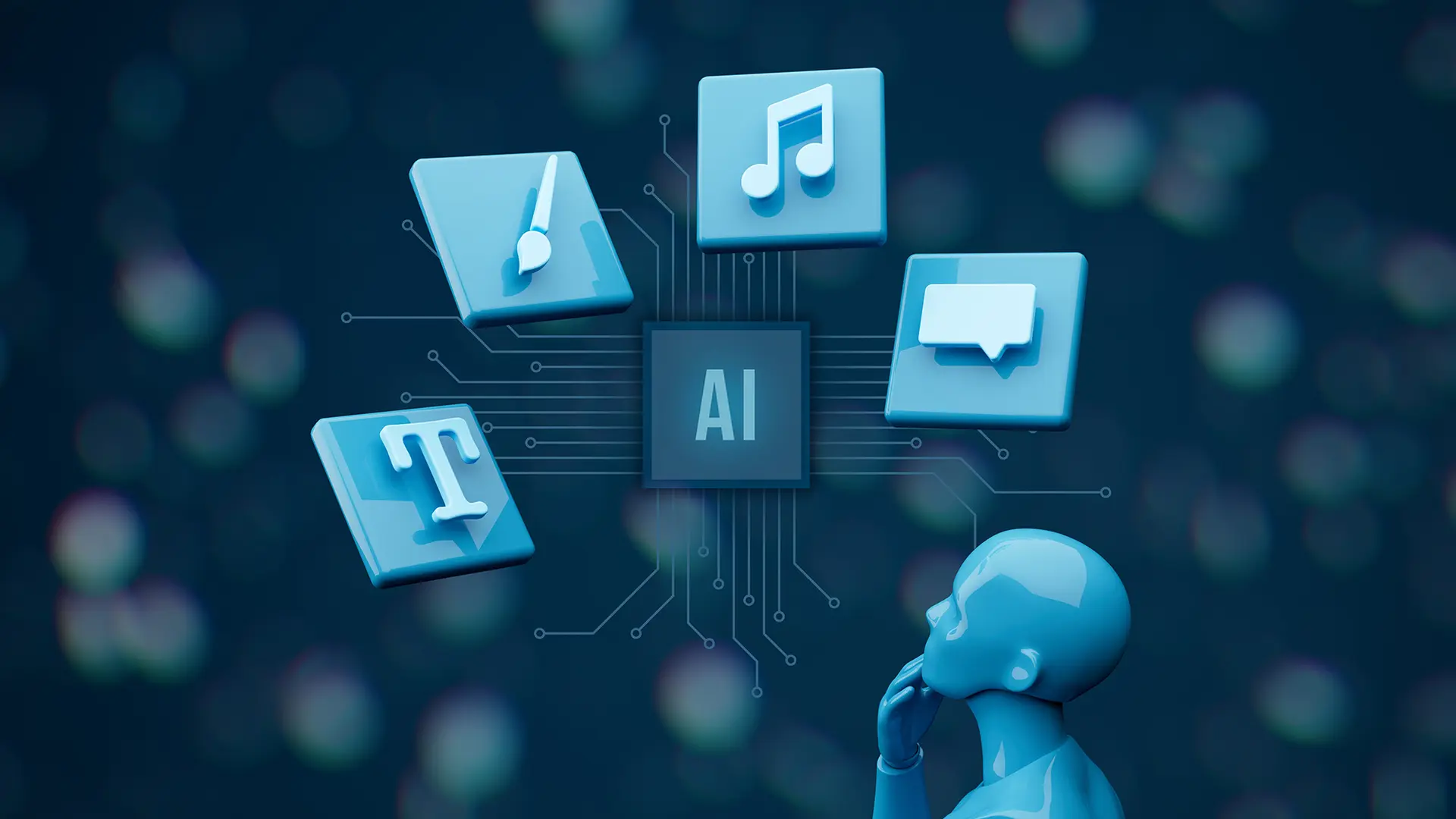Six key challenges in developing Generative AI solutions
Despite the potential in the current tech-driven world, there are multiple challenges that come along with the development of GenAI.
Generative AI (GenAI) started as an innovative idea in AI, aimed at mimicking human creativity through machine-generated content. Initially, it relied on neural networks to produce text and images. Over the years, these models have advanced, becoming more sophisticated and capable of generating complex outputs.
Today, GenAI is a crucial part of many sectors, from art creation to digital assistants, helping drive discussions on ethics, data, and technology integration.
Despite the potential in the current tech-driven world, there are multiple challenges that come along with the development of GenAI.
The process begins with data sourcing, a fundamental step that shapes the capabilities of any GenAI system.
Data sourcing
Data sourcing involves gathering the right kind of information to train AI systems effectively. This is crucial because data acts as the foundation to generate content, influencing how well the models can learn and perform. High-quality data that is diverse and unbiased ensures that AI systems can make accurate and fair decisions. Without it, AI models risk being limited or skewed in their understanding.
To achieve this, developers work with trusted partners to obtain reliable data and conduct thorough quality checks. This careful sourcing process is essential for building GenAI models that are both robust and trustworthy.
Once the right data is gathered, the next challenge is designing and training models that can effectively harness this data to generate insightful outputs.
Model creation and training
Model creation and training are crucial steps in developing GenAI, as they involve designing systems that can learn and generate new content. Models such as transformers and GANs (Generative Pre-trained Transformer) need constant updates and fine-tuning to stay effective in a fast-evolving landscape. This is important because the technology and data environments are continuously changing, and the models must adapt to these shifts to maintain response accuracy. Implementing a flexible training strategy allows these models to improve, ensuring they remain capable of meeting new challenges. This is vital for sustaining advancement of GenAI technologies.
After developing robust models, the focus shifts to integrating these AI solutions into existing systems to enhance operations without causing disruptions.
Merging GenAI with existing systems
Integrating GenAI into current systems involves making sure that the new technology enhances, rather than disrupts, existing operations. This is important because AI should improve productivity, not complicate established workflows. However, new technologies can often clash with current systems, leading to integration challenges. To address this, it is crucial to design AI solutions that can easily blend with existing processes. This can be achieved by using customized tools and implementing collaborative onboarding practices. The ultimate aim is to ensure that AI solutions work in harmony with established systems.
As AI becomes more integrated into everyday processes, addressing bias becomes critical to ensure fairness and maintain trust in AI systems.
Tackling bias in GenAI
Tackling bias in Generative AI is crucial for maintaining fairness and trustworthiness in AI systems. Bias occurs when AI models make skewed decisions based on imbalanced or prejudiced data, leading to unfair outcomes. Addressing this issue is important because biased AI can harm individuals and erode trust in technology. To combat this, the industry is actively incorporating bias-detection tools into data collection and model training processes. By doing so, AI systems can generate more equitable results, supporting the broader goal of ethical AI development and ensuring technology benefits everyone fairly.
In addition to fairness, scalability is essential to ensure AI systems can grow and adapt to increasing demands without losing efficiency.
Scalability
Scalability refers to an AI system's ability to handle increasing amounts of work or its potential to be enlarged to accommodate growth. This is important because, as Generative AI systems evolve and expand, they require more computing power to function effectively. Without scalable solutions, systems can become slow or inefficient, unable to meet the demands of more complex tasks. To address this, developers rely on powerful computing resources, such as advanced GPU (Graphics Processing Unit)-driven architectures, which allow AI to expand its capabilities without dramatically increasing costs. Scalability ensures that AI systems remain efficient and effective, even as they grow in complexity and scope.
Finally, as AI systems expand, securing the data they use becomes paramount, particularly when sensitive information is involved.
Data security
Data security focuses on protecting information, especially when it involves sensitive areas like healthcare and finance. This is critical because any breach could lead to serious consequences, such as identity theft or financial loss.
To keep data safe from threats, advanced security measures like encryption are used, along with strict adherence to regulations such as GDPR (General Data Protection Unit) and HIPAA (Health Insurance Portability and Accountability Act). These precautions ensure that the data managed by AI systems is handled with the highest level of care, preventing unauthorized access and misuse both within and outside the organization.
Therefore, by navigating these complexities thoughtfully, developers can create cutting-edge GenAI systems that are not only powerful but also trustworthy. This approach is essential for ensuring that GenAI makes a meaningful and positive impact on society.
Edited by Megha Reddy
(Disclaimer: The views and opinions expressed in this article are those of the author and do not necessarily reflect the views of YourStory.)







